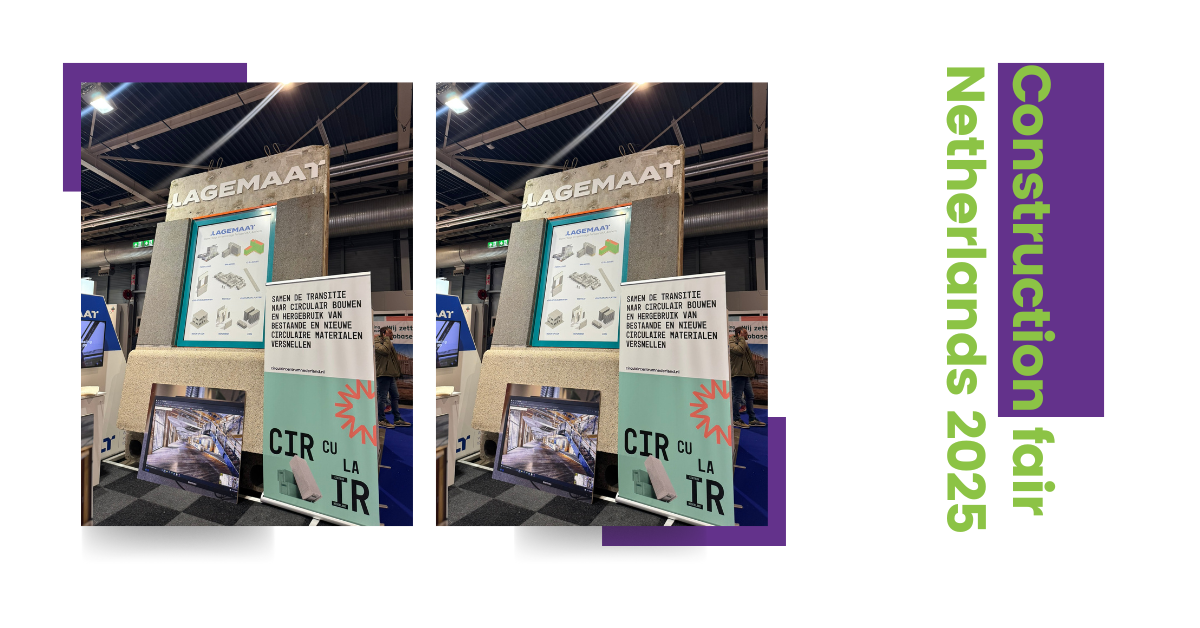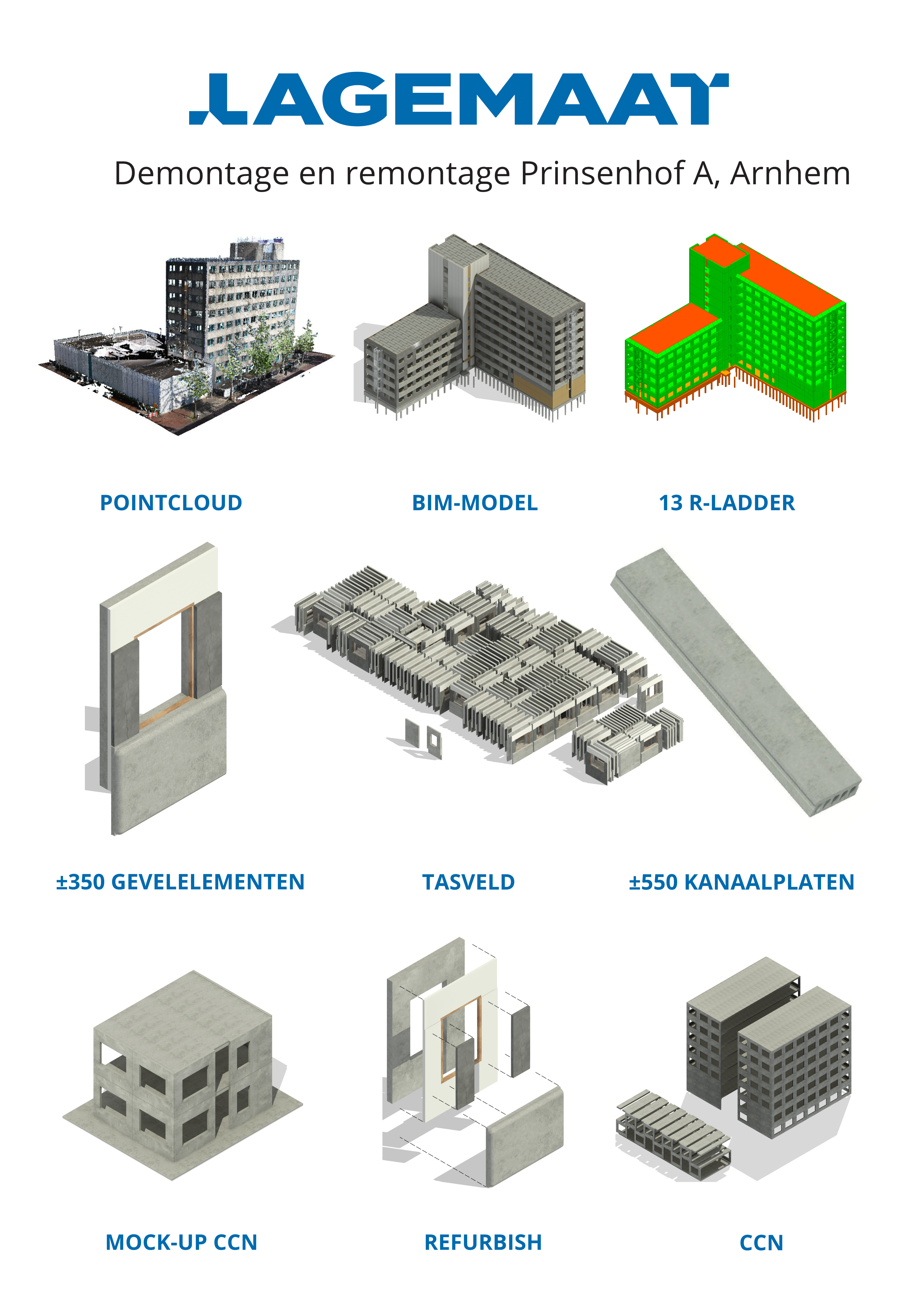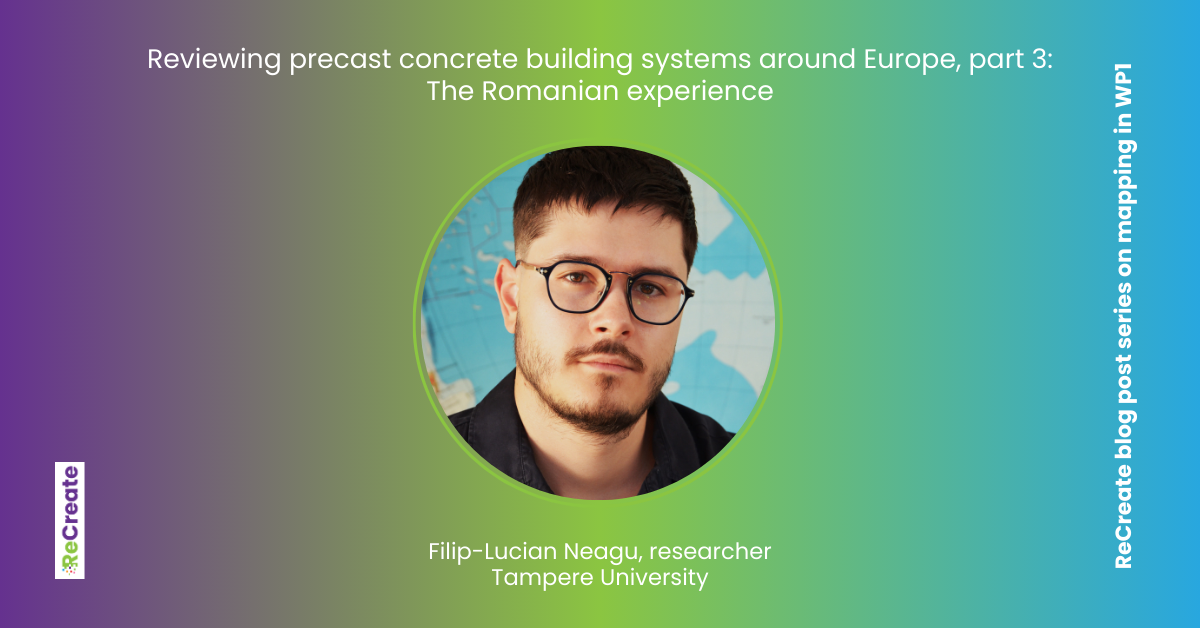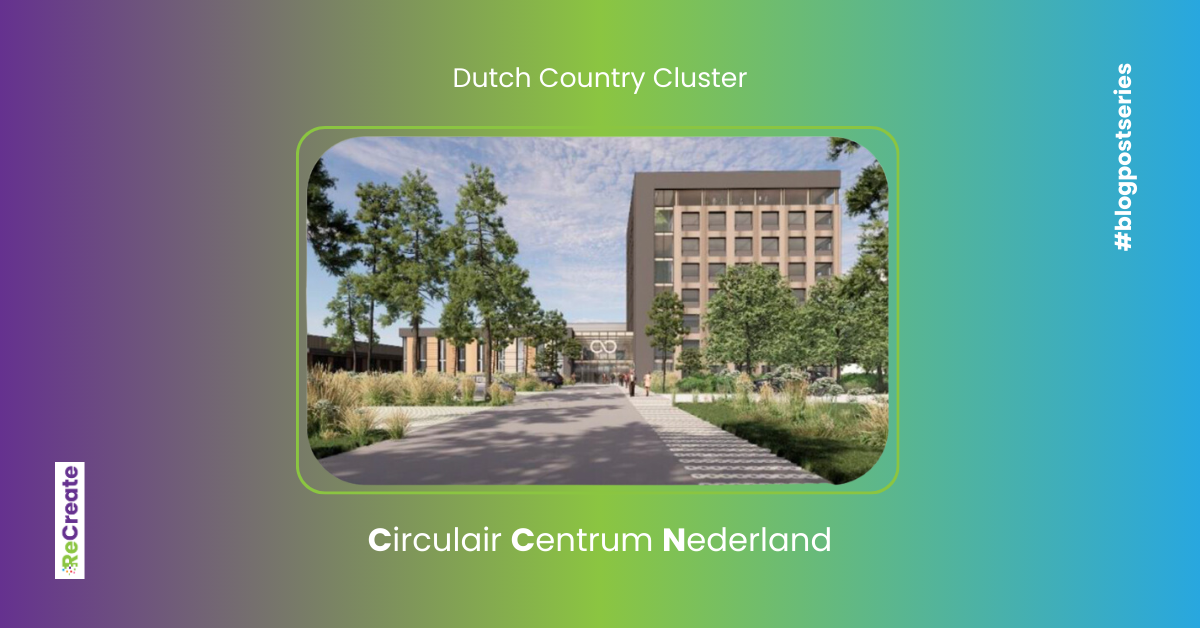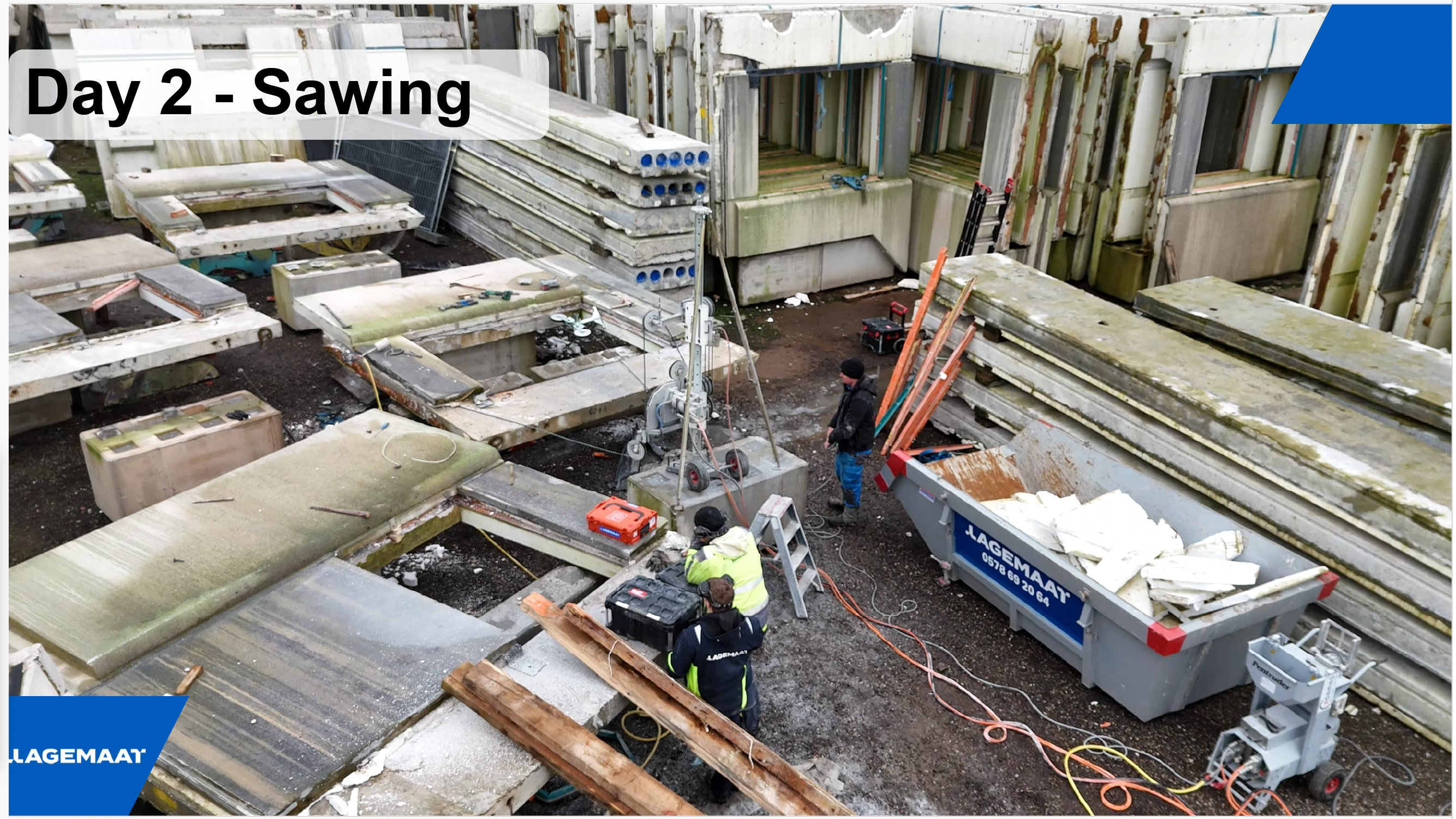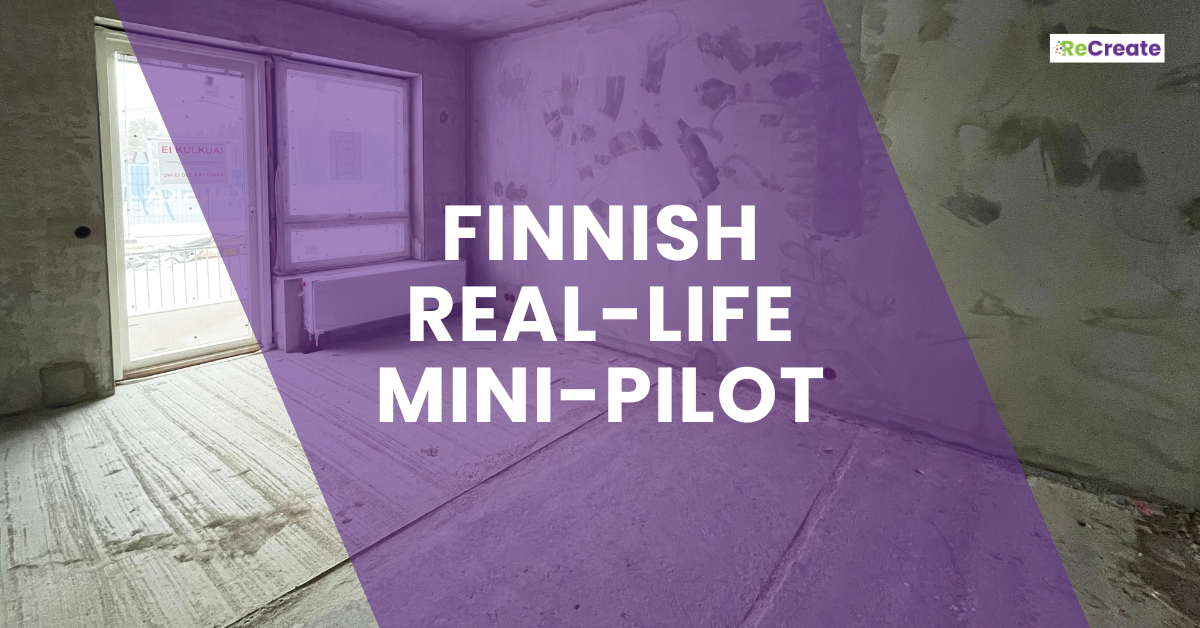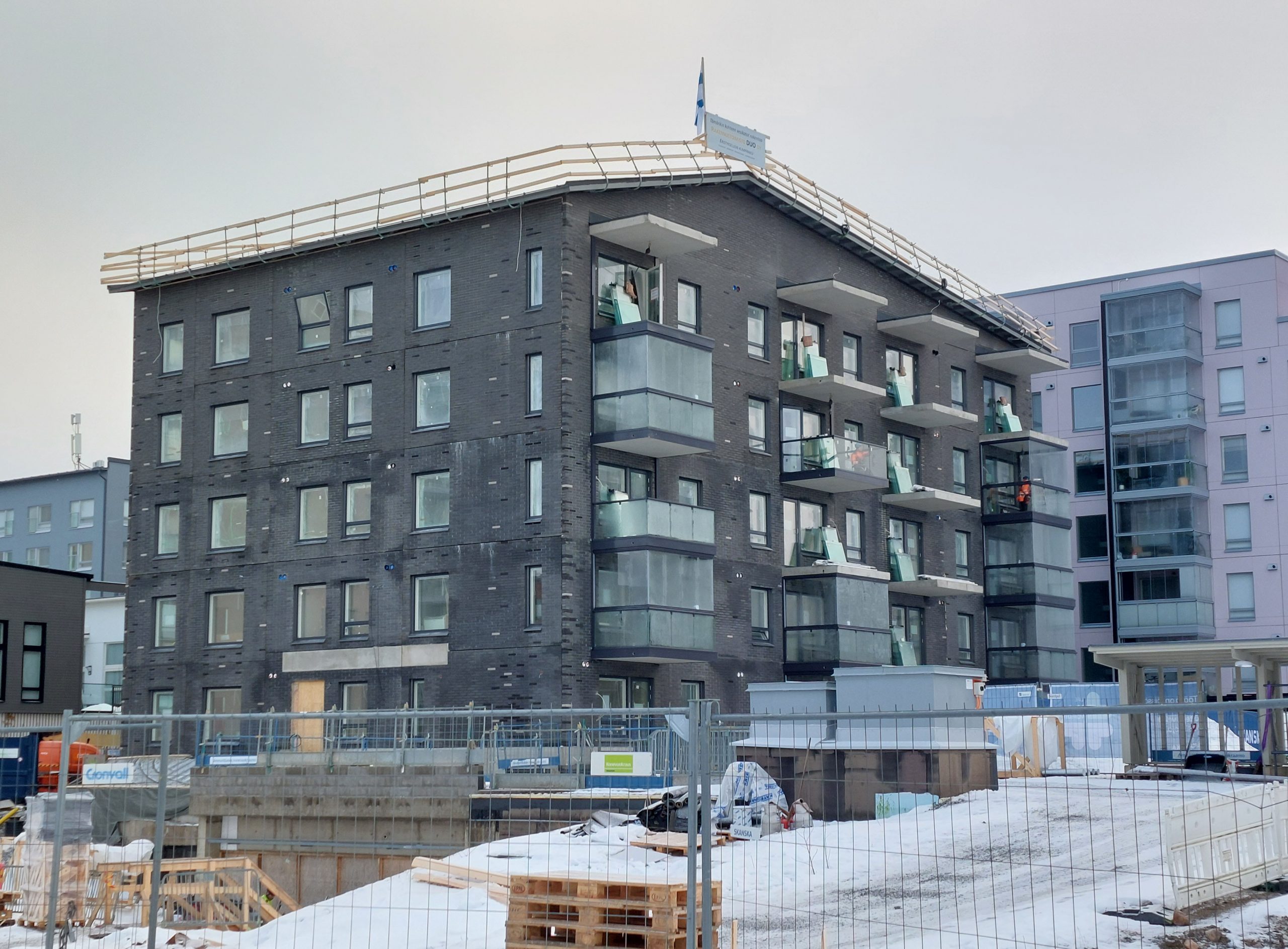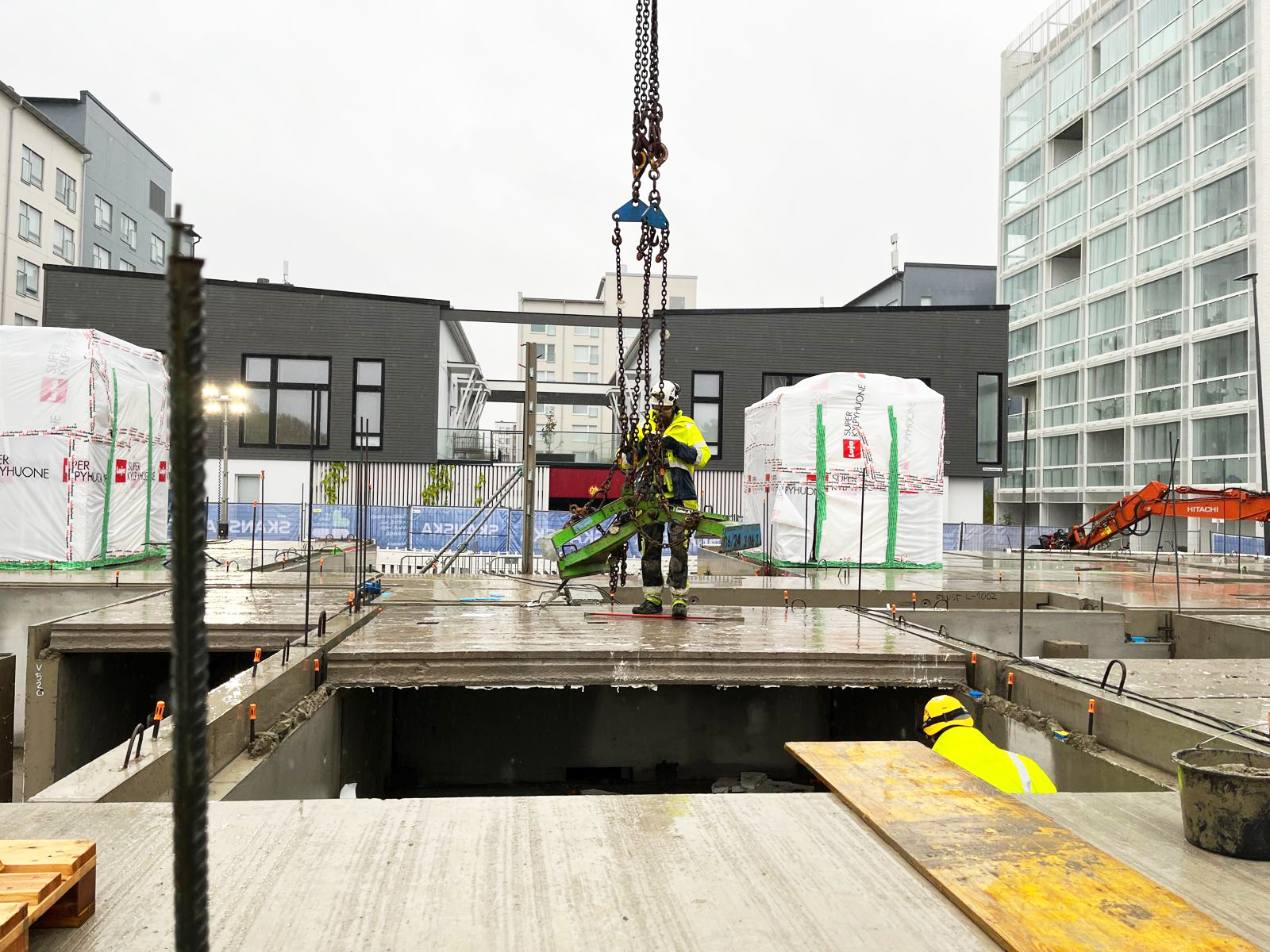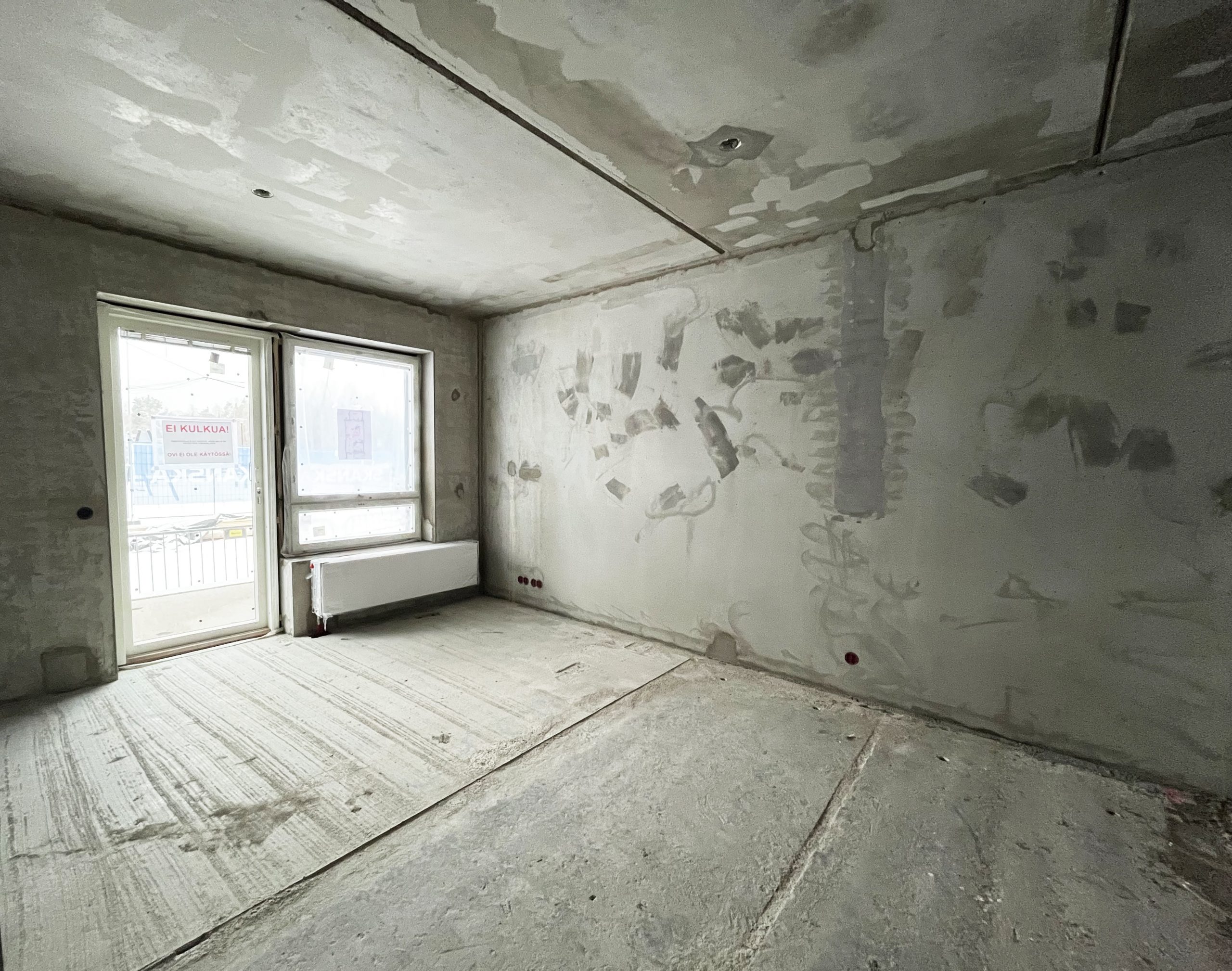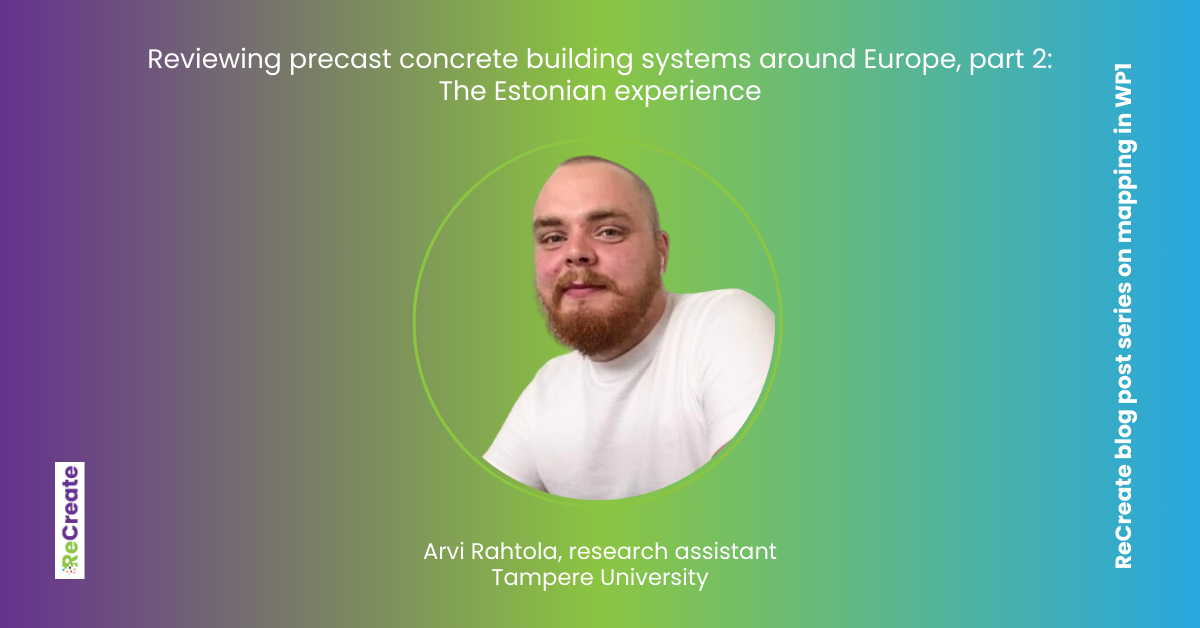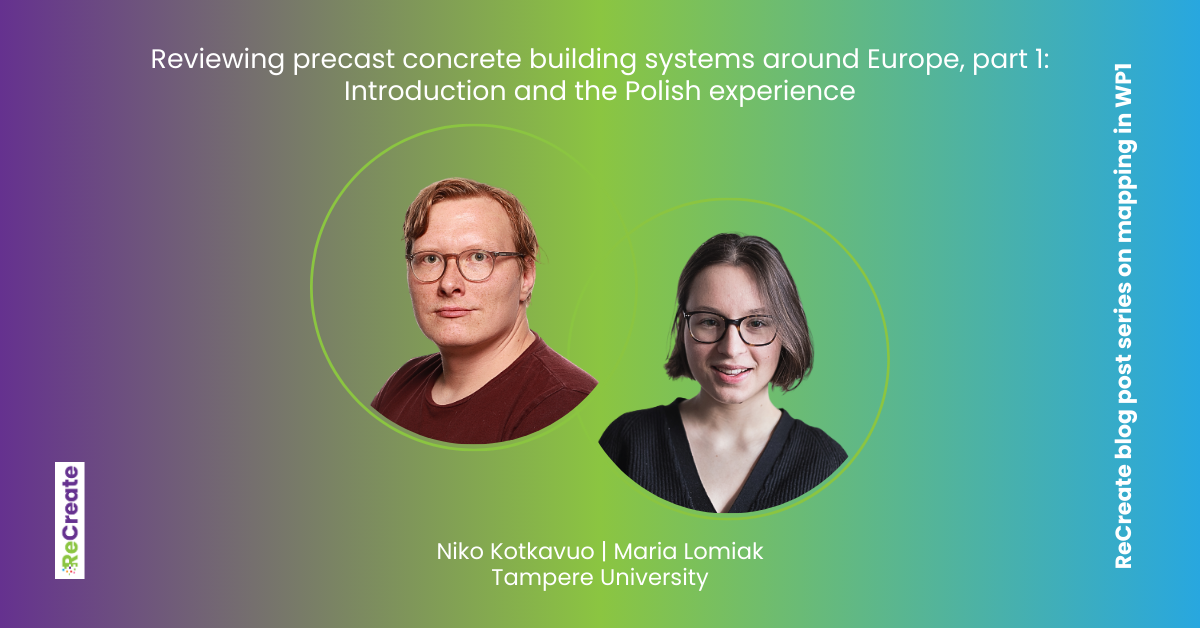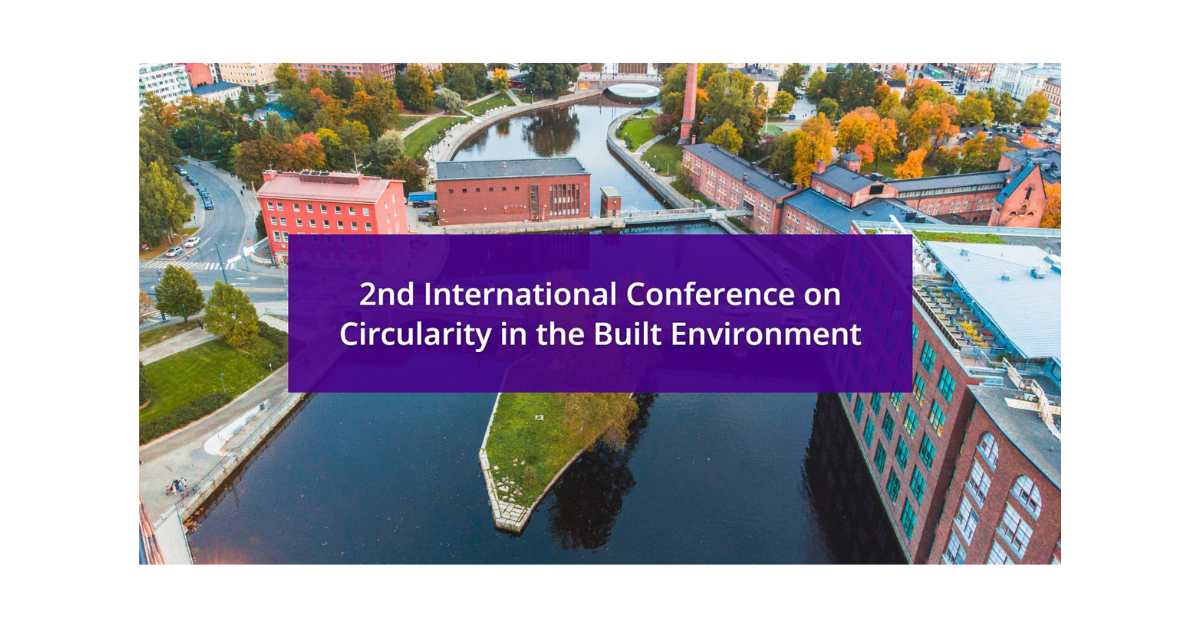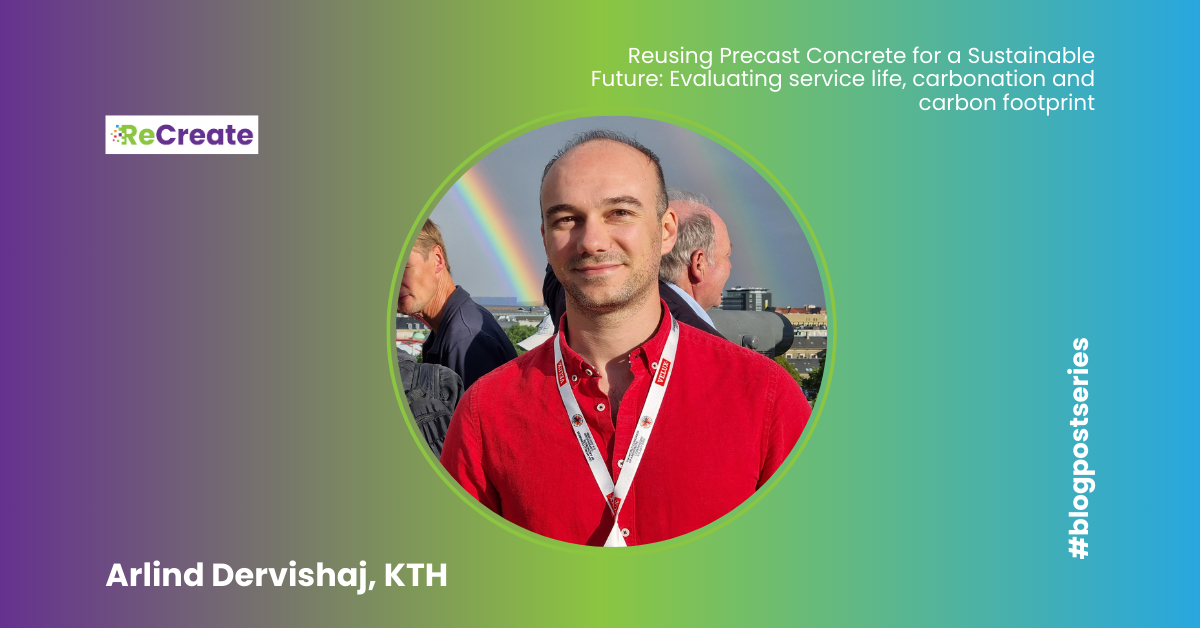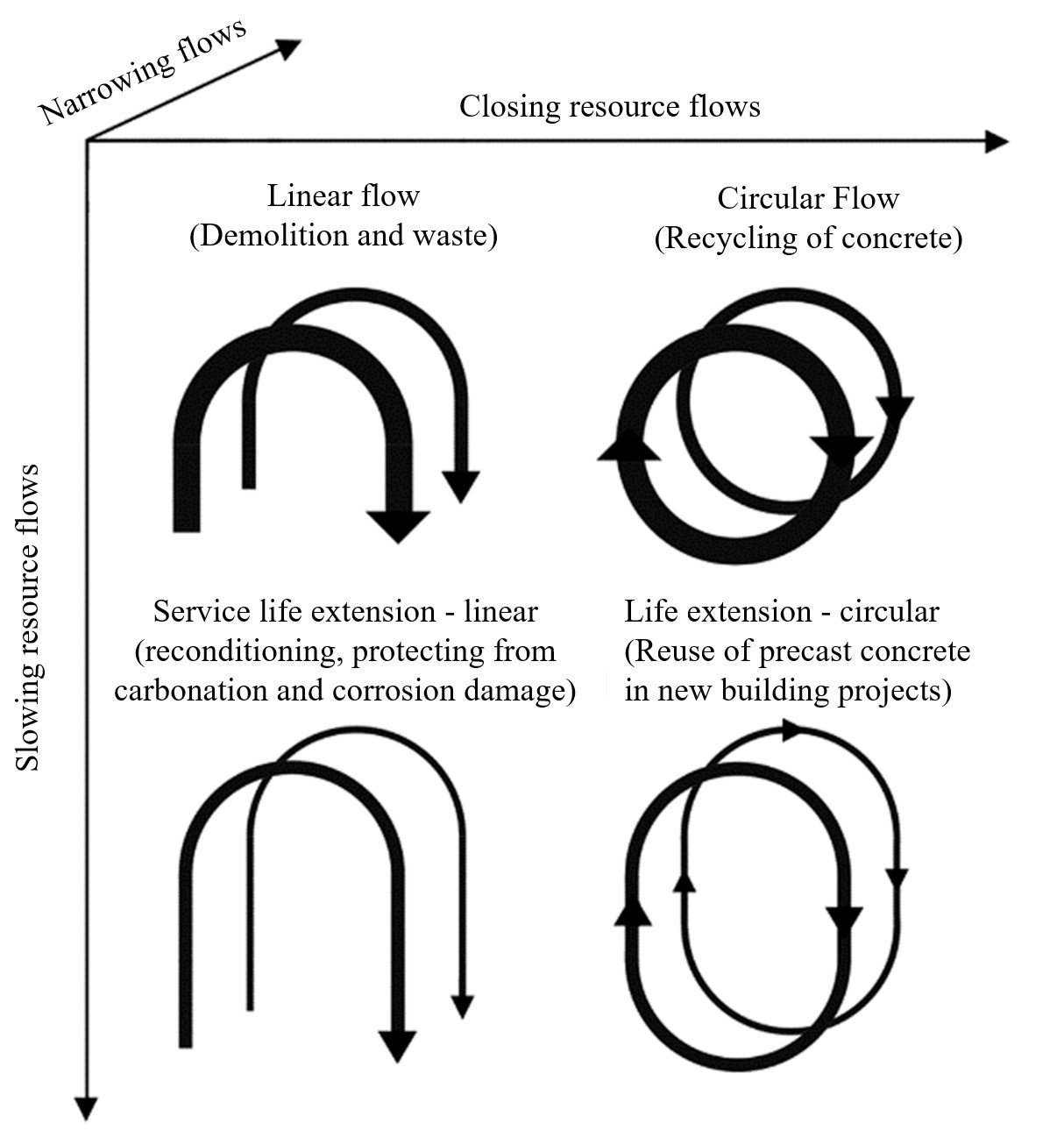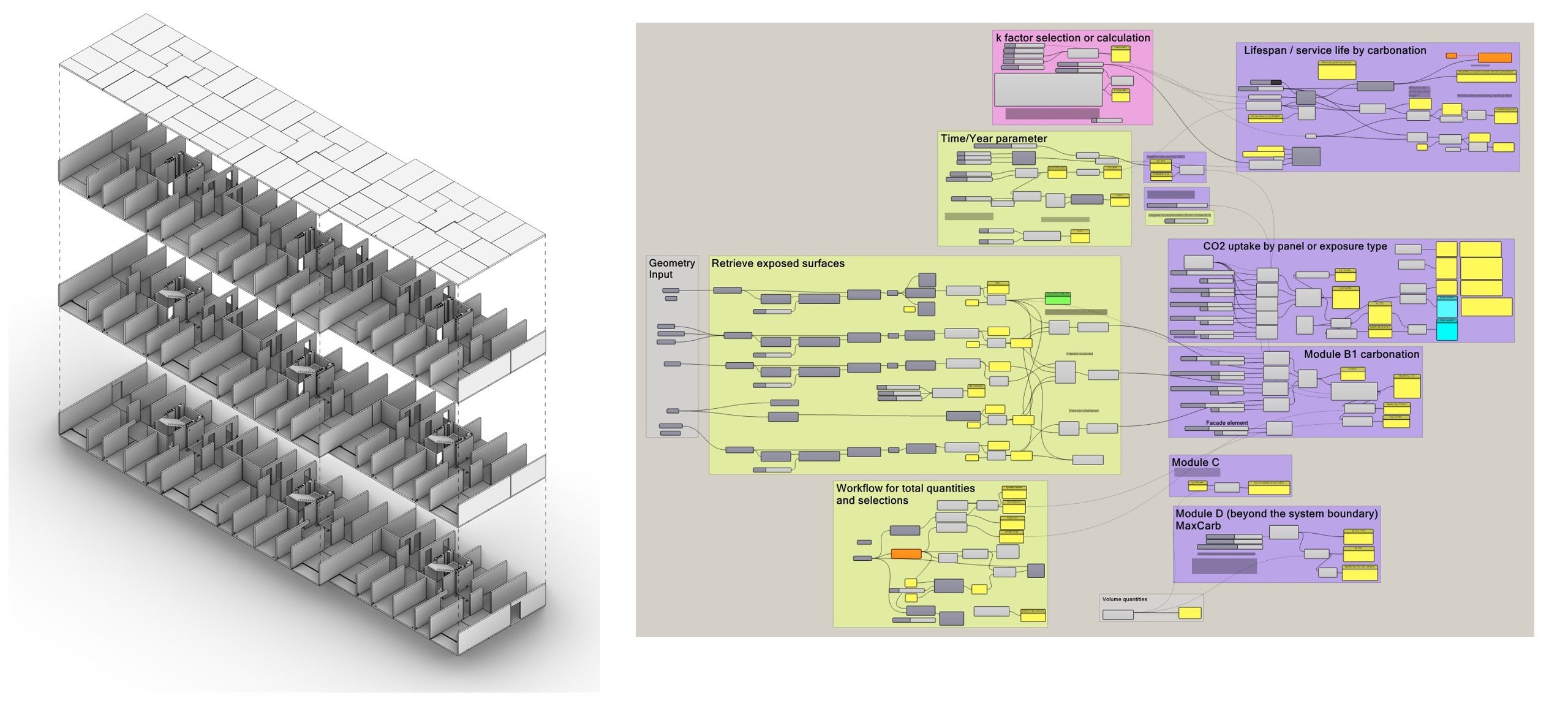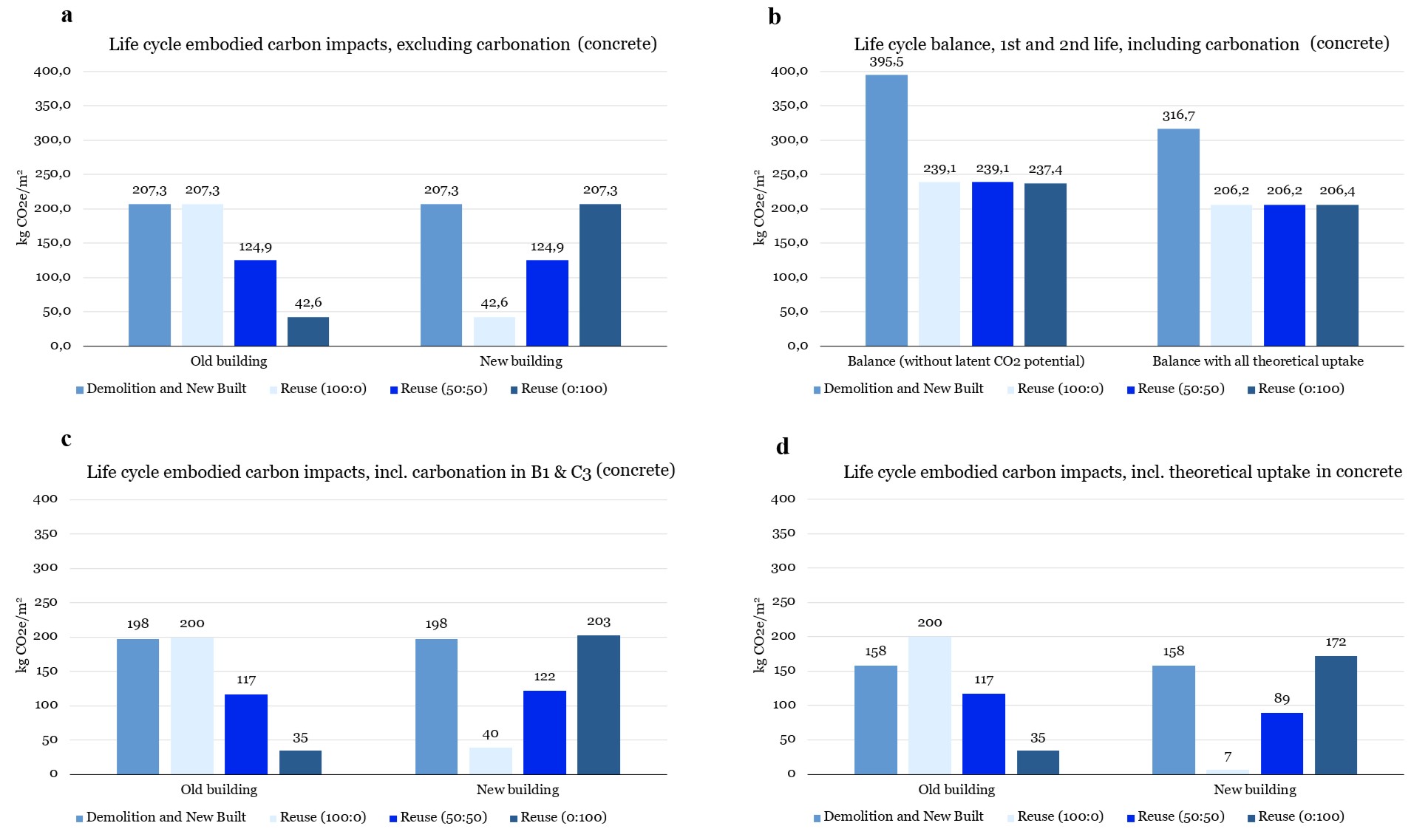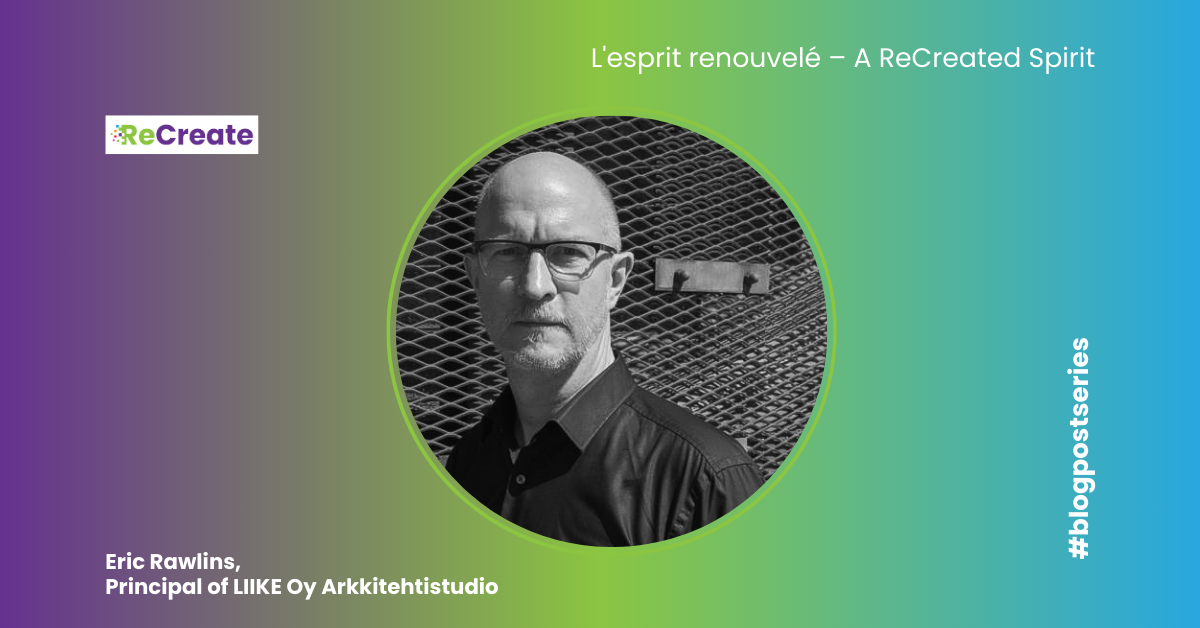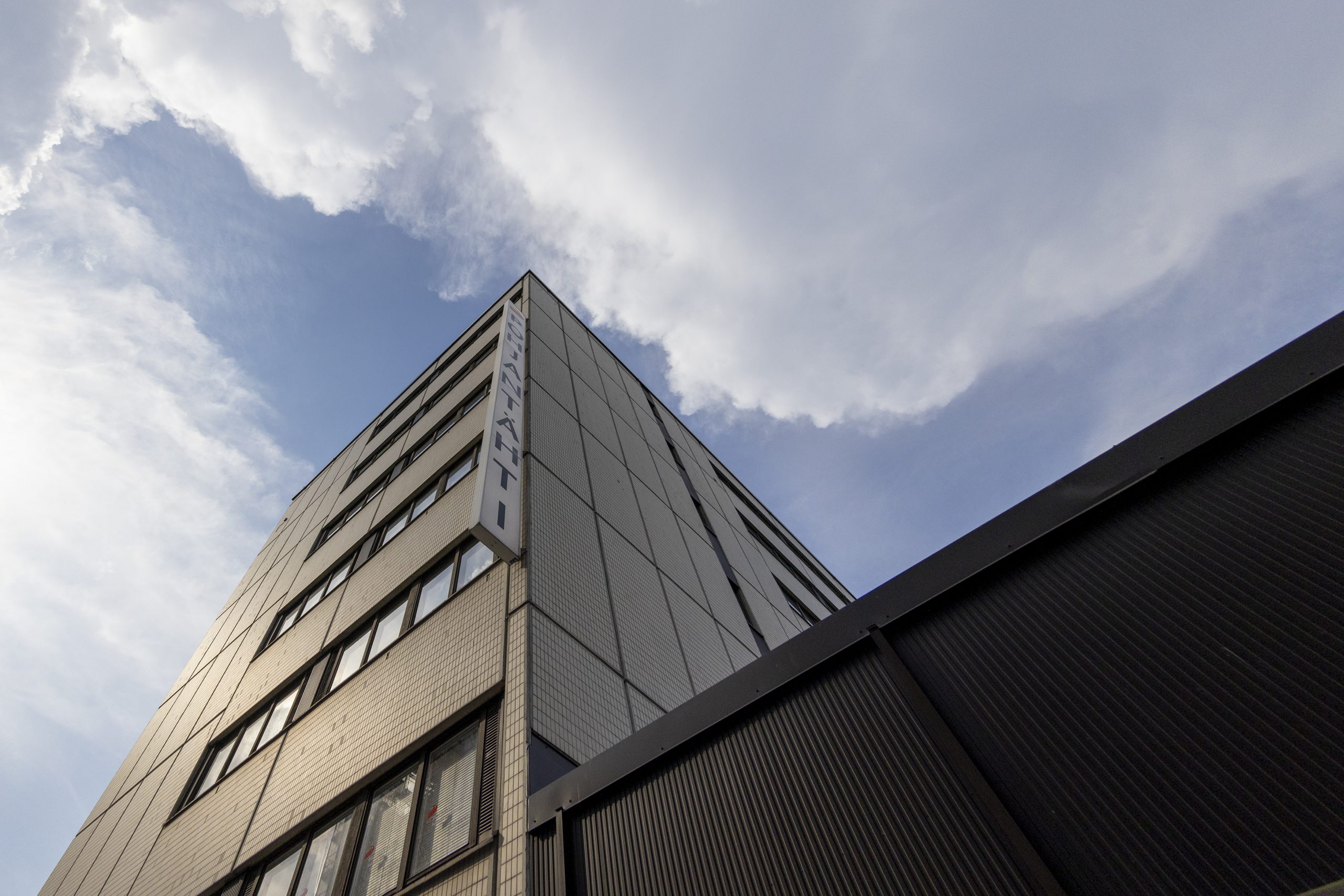The Czech experience by Marko Čambor from KTH School of Architecture
The experience of research in the Czech Republic is very rewarding and difficult at the same time. Most of the complications arise from the fact that between 1989 and today, two major events happened. The first was the Velvet Revolution in November 1989 and the dissolution of Czechoslovakia in January 1993. With these great shifts come complications, especially with connecting original publishers and producers to certain documents which were not always well kept.
Constructions in the country were overseen by the Ministry of Construction, which, with Czechoslovakia, was dissolved on 1st January 1993. Competencies of the ministry were divided between the Ministry of Industry and Trade, and the Ministry of Regional Development. This further complicates the issues since there is no clear line to divide the legacy neatly, and so the archival work was not well kept. All this results in an unclear answer when you try to find one place that is keeping these invaluable documents. Most of my research comes from personal collections of people who were working on this development with whom I spoke personally, and from collections of trade chambers which were also given these collections from individuals. Nonetheless, the reward of finding these connections is great in and of itself.
The Czech Republic is a country which is no stranger to topics of prefabrication and large-scale housing development. Over a quarter of all residents in the Czech Republic live in panel housing (27%). In Prague that jumps to 44%.

Ratio of people living in panel housing estates in the Czech Republic by region
Citation: ‘Panelové sídliště: dobré místo k životu? Napoví 6. ročník CHPS’. Sociologický ústav AV ČR, 6 2024; Source.
The development of prefabricated housing comes originally from the small town of Gottwaldov (today’s Zlín). Gottwaldov used to be a very important manufacturing hub for the footwear company Baťa. The company and the city of Gottwaldov were focused on the issue of housing the employees of the company. So then they experimented with different approaches to standardized housing. These experiments were mainly focused on brick constructions since Gottwaldov was already producing large quantities of ceramic bricks to be used in the expansion of factories in the city. The first larger-scale prefabricated construction was developed in Gottwaldov as the G 40 type. This was the first standardized construction system to use reinforced concrete construction panels. From this follows a great legacy of development and innovation. Most of the further development comes from the need of architects to be able to use the system and design buildings more freely and from the requirement of the state apparatus for the nationally organized construction to be as effective as possible. One of the first requirements which was given by the XI. Congress of the Communist Party of Czechoslovakia demanded the construction of 1,200,000 flats by the year 1970. This goal was in the end never fulfilled – all flats built between 1948 and 1989 combined make up 1,2 mil. Units. The development of new and more free and efficient systems was constant. Great emphasis was also put on regional efficiencies. Since most of the development of estates was happening close to either the largest cities or centres of heavy industry, the most abundant materials were usually determined by the type of industry. For example, the north-east of the country was focused on the production of steel, so the most common ingredient for facade panels was slag.
From the previous systems came new families of systems. T 0XB systems, BX0 systems and so on. The biggest shift in further development was the year 1970, which brought new political requirements for any future systems. These new norms were called NKS (Nové konstruční soustavy)/ NCS (New construction systems). These new systems were tasked to accommodate all new requirements of style, modular freedom and efficiency. From these came systems OP.XX, PS XX and VVÚ ETA. Simultaneously with these, the country tried to find new options elsewhere. As a result, we got the systems Larsen-Nielsen, which was the only system brought from a Western country, more accurately Denmark.

Construction of a building, VVÚ-ETA system
Citation: M. Janečková, ‘Konstukční soustavy panelových domů, vývoj, typy, půdorysy’, estav.cz. [Online]; Source.
All this production then culminated in the year 1975, which was the year with the most completed units, 71 350. This is the number we haven’t seen since. Production and construction then slowed somewhat averaging around 55 000 completed units. All changed after November 1989, with the Velvet Revolution. The fall of the government meant that there was no large enough authority to organise and also fund large-scale projects. Housing estates which were started before this time and were still under construction were finished, some as late as 1993.

Construction of Bohnice Estate, Prague circa 1976; Source.
The legacy of these large-scale projects is still very present, and with today’s social understanding of the era in which these projects were created, it remains complicated. A large portion of criticism of the estates was directed at their visual quality. Since the prefabricated panels were prefabricated, they mostly look the same giving the finished state of the estates a large scale of sameness. This gave rise to the movement of beautifying the estates with brightly coloured plasters. Often not improving it very much. This practice has been thankfully abandoned since.
The general focus of contemporary topics of study works more in the realm of the socio-economic sustainability of large-scale housing estates. Nowadays is much more common to talk about urbanism and the public spaces within the estates. One of the topics of today is urban density which is significantly lower than the historical centers of Czech cities. So the question arrises if it is good to promote more density in the estates. The plans that work with densifying the estates usually run into great local opposition. So as of now, the question remains unanswered. Nevertheless, it is good that it is clear the future of the legacy of the previous regime (as many call it) inspires people to engage with questions of future development of their area. These tensions also promote interest in the professional areas of study, which try to present the development in a larger social, political and historical context, with more and more amateurs and professional projects being produced. There are a few large-scale projects which present the construction types in context. As mentioned, most research is interested in studies of larger-scale urbanism. However more detailed research might improve the understanding of the legacy of past industry, which still plays a big role in contemporary cities of the Czech Republic.


